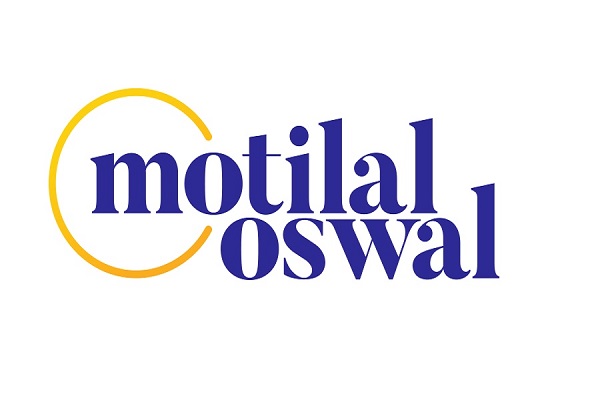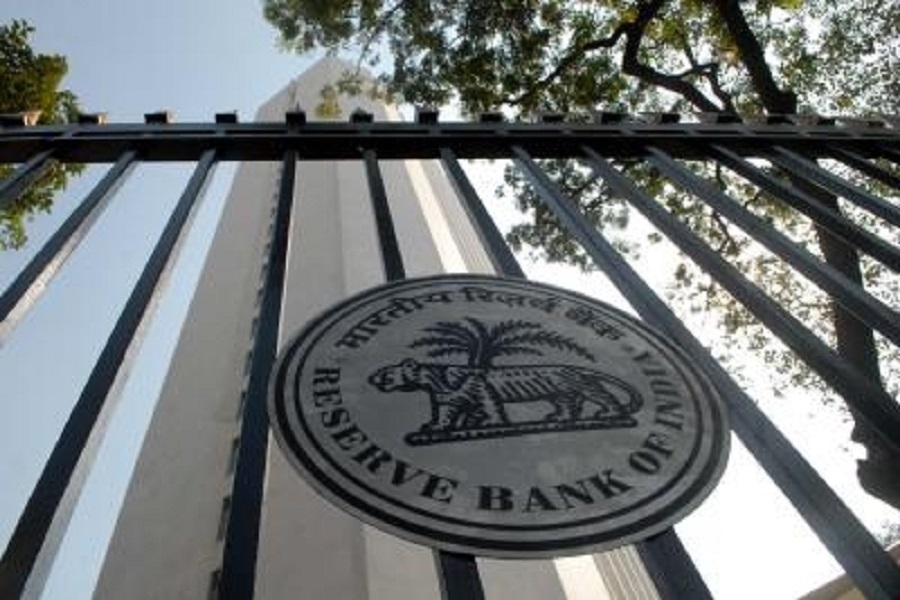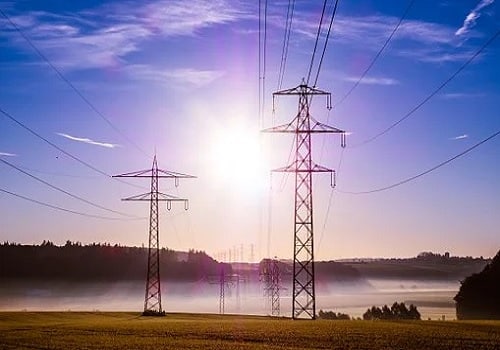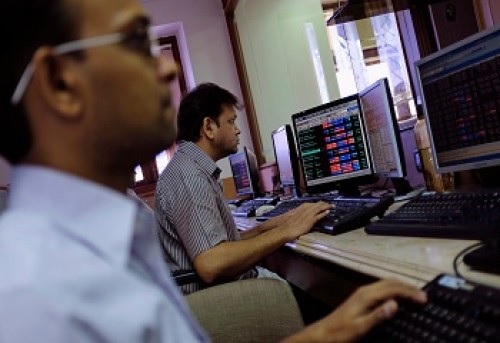EcoFlash - US imposes penal Tariffs – Its much beyond Trade? by Amnish Aggarwal, Director - Research, Institutional Research, PL Capital

US imposes penal Tariffs – Its much beyond Trade?
On July 30, 2025, U.S. President Trump formally announced a 25% tariff on all Indian imports, effective August?1. This is accompanied by unspecified additional penalties linked to India’s purchases of Russian energy and military equipment. This action marks an escalation beyond the flat 26% reciprocal tariff previously declared on April?2, which had exemptions applying to pharmaceuticals and refined petroleum products.
This comes despite five rounds of bilateral talks and growing cooperation on digital trade, clean tech, and defence. We had highlighted (India strategy report in April and July) that tariffs and market access for Dairy, Agri (GM crops, soy and other crops) are a dispute since WTO days and will remain a stumbling issue. We note that 60% + of rural population directly and indirectly and agreeing to US terms could have devastating impact on Indian agriculture and rural livelihood.
We believe that current tariff announcement is much beyond trade and has far bigger geopolitical implications on the ongoing bilateral relations between India and US since operation Sindoor. The roots of this aggression lie in 1) Indian denial of US role in ceasefire with Pakistan 2) sustained buying of Russian crude 3) continuous status of Russia as a key defence supplier and 4) growing strategic overtures of BRICS and attempts at forging a RIC (Russia, India, China) block which might disturb US geopolitical interests in SE Asia. We note that probability of shifting of defence procurement away from USA post Operation Sindoor, might have led to sudden imposition of tariffs and penalty. We believe this attempt by US is a bullying tactic which has also been used against some other countries including Canada.
We don’t rule out some counter measures by India on US exports and the path to a trade deal is not easy given sticky issues like agriculture, dairy and defence. We expect increase in uncertainty and market volatility in the near term. We believe companies which have higher US exports might see increased volatility. Although current earnings season has not shown any meaningful recovery in domestic demand, hops of festival season demand revival will increase interest in domestic stories for the time being. Domestic consumption, hospitals, select consumer, Infra, capital Goods, AMC and private banks will act as a defensive hedge during these volatile times.
India has USD 39bn of merchandise exports surplus with USA
* India’s key exports to the U.S. include gems and jewellery, mobile electronics, machinery, refined petroleum, home textiles, non-knitted apparel, and chemicals. Many of these sectors now face a 25%+ tariff, creating uncertainty in several manpower intensive industries.
* On the import side, India purchases mineral fuels, aircraft, machinery, medical instruments, and nuclear equipment from the U.S. India is also a major buyer of U.S. defence and technology.
* India enjoys a merchandise trade surplus of approximately 39 billion dollars with the U.S.
More importantly, India’s services exports to the U.S. are estimated at 184 billion dollars, with services imports of around 22.7 billion dollars, giving India a net services surplus of over 150 billion dollars.
* This results in a total trade surplus of approximately 189 billion dollars in India’s favour—one of the largest in the world vis-à-vis the U.S., which is a key reason behind recent tariff pressures from Washington.
Tariffs likely to impact exports in select sectors
* Steel/Aluminum: Indian steel exports were subject to a 25% U.S. Section-232 tariff since 2018 (for national security). Indian steel makers see little new impact as they had been largely priced-out of the U.S. since 2018. However, for aluminum (10% Section-232 tariff), the jump in duty is significant.
* Pharma Exports – uncertainty as of now as there is no clarity on tariffs on pharma.
* Textiles & Apparel remain a key export sector with shipments to the U.S. totaling $2.8 billion in FY24 (~28% of India’s textile exports). Tariff before April were 6.8%. However, India's share in U.S. apparel imports remains modest at ~6%, compared to China (~21%), Vietnam (~19%), and Bangladesh (~9%). Indian exports to USA involve more of home textiles and yarn and these segments could see some impact.
* Automobiles & Auto Parts - Limited Direct Impact: India exports auto components of ~$2.1 billion — including forgings, engine parts, and wheels, integrated into global OEM supply chains. This will increase import costs for US supply chains and can pressurize margins of exporters. Bharat Forge, Motherson, Sona comstar are likely to see some impact.
* Electronics - Electronics was India’s top export to the U.S. in FY24 ($11.1B), driven largely by Apple iPhones assembled in India (50% of exports). India’s cost advantage might be at risk as US Vietnam trade deal has fixed 20% tariff, which is lower than 25%+ tariffs imposed on India.
* Engineering Goods: India exported $3–4B of machinery and engineering goods to the U.S. in 2023 (excl. electronics), spanning engines, pumps, industrial equipment, and railway stock. We expect negative impact of exporters of engineering goods. Elgi Equipment, Apar, Ingersoll Rand, Cummins and carborundum have 25/14/13/8 % sales from US and could see some impact in coming quarters. Praj Ind was looking at US exports for its new Unit which might see further delay in ramp up.
* Gems & Jewellery – accounts for 12% of exports to USA ($9.9bn of $33bn in FY24). It includes cut and polished diamonds and lab-grown diamonds ($0.8bn, 92% share). The new 25%+ tariff significantly increases export costs. The sector remains vital to employment and could see some impact on exports.
Exhibit 1: Top 10 Exports of India to USA (FY24)

Exhibit 2: Top 10 Imports of India from USA (FY24)

Exhibit 3: India’s Exports as a % of GDP has steadily climbed, but remains below Vietnam, Germany, UK, Canada, S. Korea

Above views are of the author and not of the website kindly read disclaimer




.jpg)





Tag News

New Year Outlook December 2026 from Motilal Oswal Financial Services











